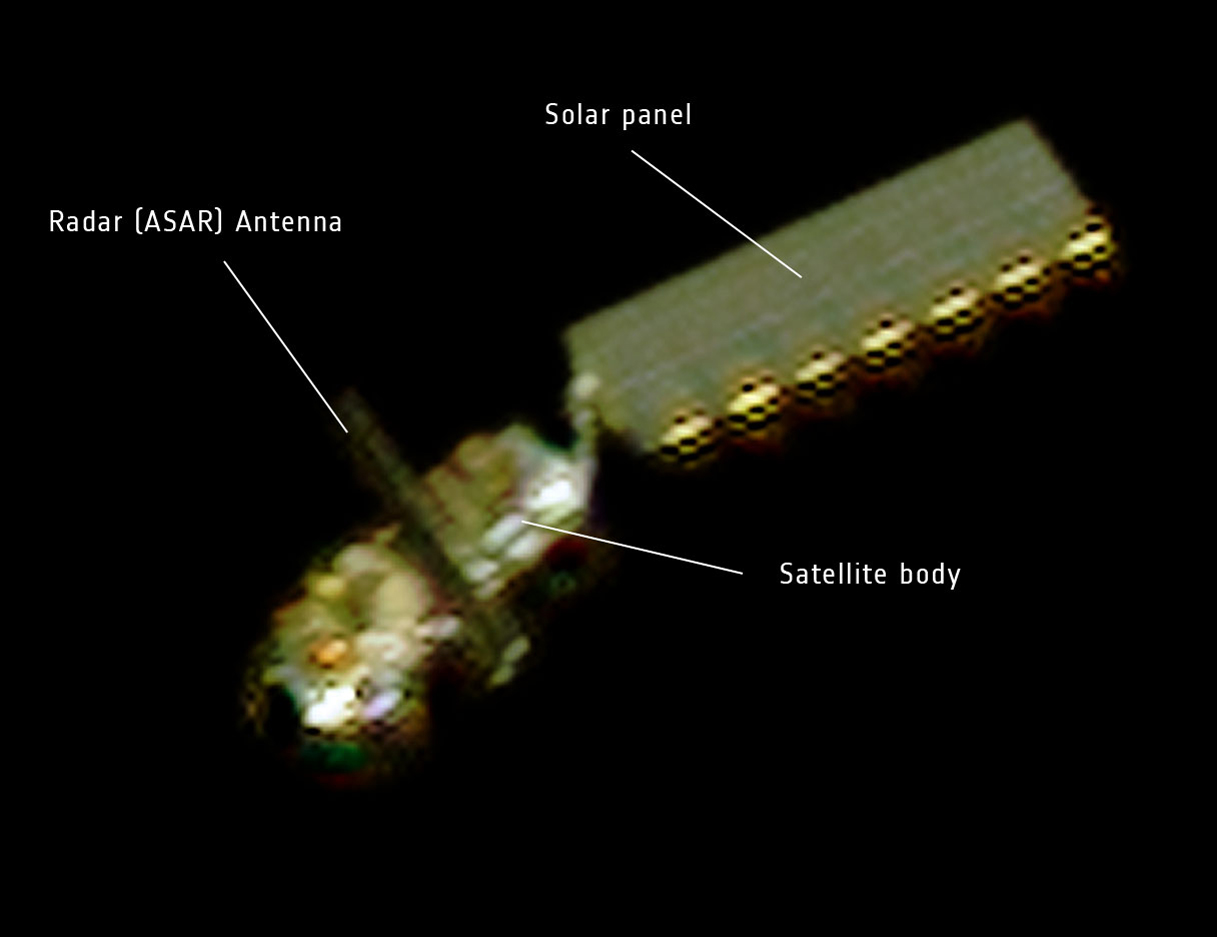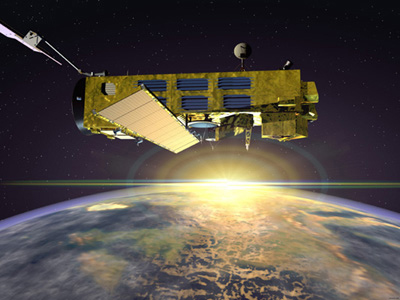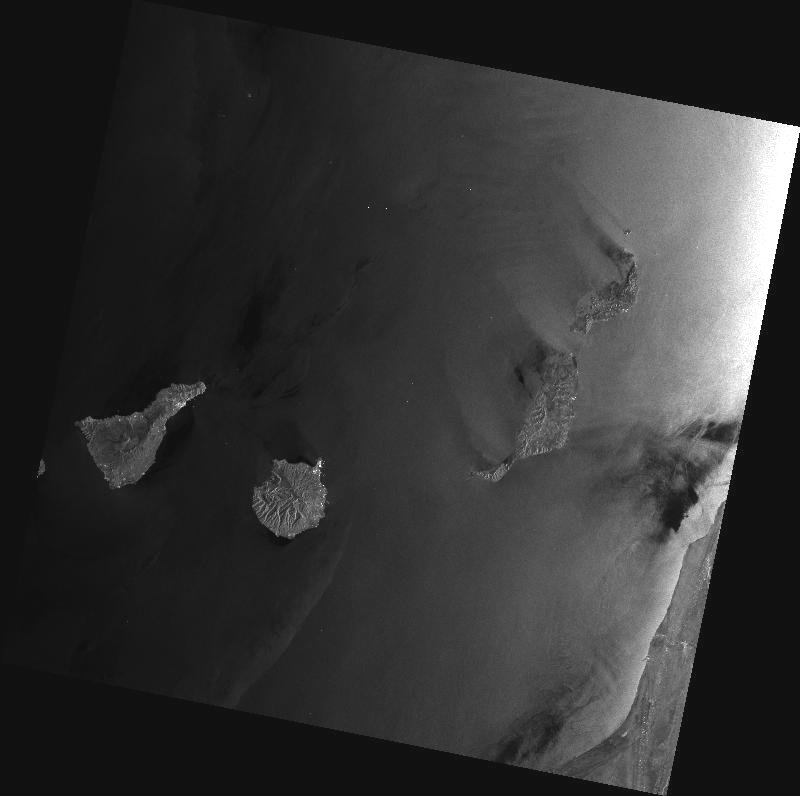Huge Satellite Envisat is Dead in Space

The European Space Agency declared the death of its massive Earth-observing satellite Envisat today (May 9) after a month of mysterious silence from the school bus-size spacecraft.
Envisat is the world's largest Earth-watching satellite for civilian use, with ESA officials touting its 10th anniversary in space earlier this year. The $2.9 billion satellite was originally designed to snap high-resolution photos of Earth for five years, but managed to last 10 years during its successful mission.
The troubles for Envisat began April 8, when the satellite abruptly stopped communicating with ground stations. Repeated attempts to restore contact failed week after week, with ESA officials calling off the recovery efforts today.
"Despite continuous commands sent from a widespread network of ground stations, there has been no reaction yet from the satellite," ESA officials explained in a statement.

There are several possible explanations for Envisat's unexpected demise.
The failure of a power regulator may be blocking the satellite's telemetry and telecommand systems, ESA officials said. There may have also been a short circuit on board that plunged Envisat into a protective "safe mode," then a second malfunction that left the satellite in an unknown state, incapable of receiving commands from Earth, they added. [Photos: Envisat Satellite & Earth Views]
"Although chances of recovering Envisat are extremely low, the investigation team will continue attempts to re-establish contact while considering failure scenarios for the next two months."
Get the Space.com Newsletter
Breaking space news, the latest updates on rocket launches, skywatching events and more!
According to ground-based radar images of Envisat and photos of the craft from France's Pleiades Earth-observing satellite (which was called in during recovery efforts), the solar array on Envisat is properly deployed, officials have said.
Envisat is by all accounts a huge satellite. It is about 30 feet long (9 meters) and 16 feet wide (5 m). The spacecraft weighs 17,600 pounds (8,000 kilograms) and has a huge sail-like solar array that is 16 feet wide (5 m) and 46 feet long (14 m).
In 2010, space debris experts said that the satellite's immense size will make Envisat a major space junk risk for up to 150 years.
ESA launched the Envisat mission in 2001 to study the Earth from space in extreme detail. The satellite carries 10 sensors to study Earth's oceans, land, ice caps and atmosphere and has been a vital resource for about 2,500 scientific studies of our home planet.

The satellite has mapped the gradual decline of Arctic sea ice and tracked the regular opening of polar shipping routes in the summer months, in addition to its other discoveries, ESA officials said.
"The outstanding performance of Envisat over the last decade led many to believe that it would be active for years to come, at least until the launch of the follow-on Sentinel missions," ESA officials wrote. "However, Envisat had already operated for double its planned lifetime, making it well overdue for retirement."
The first launch of the new Sentinel Earth-observation satellites is slated for 2013.
You can follow SPACE.com Managing Editor Tariq Malik on Twitter @tariqjmalik. Follow SPACE.com for the latest in space science and exploration news on Twitter @Spacedotcom and on Facebook.
Join our Space Forums to keep talking space on the latest missions, night sky and more! And if you have a news tip, correction or comment, let us know at: community@space.com.

Tariq is the Editor-in-Chief of Space.com and joined the team in 2001, first as an intern and staff writer, and later as an editor. He covers human spaceflight, exploration and space science, as well as skywatching and entertainment. He became Space.com's Managing Editor in 2009 and Editor-in-Chief in 2019. Before joining Space.com, Tariq was a staff reporter for The Los Angeles Times covering education and city beats in La Habra, Fullerton and Huntington Beach. In October 2022, Tariq received the Harry Kolcum Award for excellence in space reporting from the National Space Club Florida Committee. He is also an Eagle Scout (yes, he has the Space Exploration merit badge) and went to Space Camp four times as a kid and a fifth time as an adult. He has journalism degrees from the University of Southern California and New York University. You can find Tariq at Space.com and as the co-host to the This Week In Space podcast with space historian Rod Pyle on the TWiT network. To see his latest project, you can follow Tariq on Twitter @tariqjmalik.









